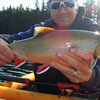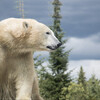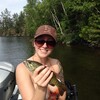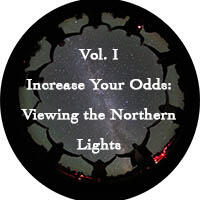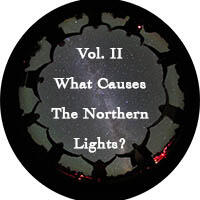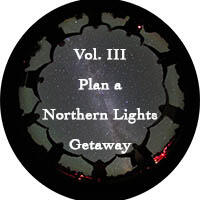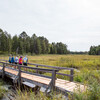
Locals Capture the Northern Lights
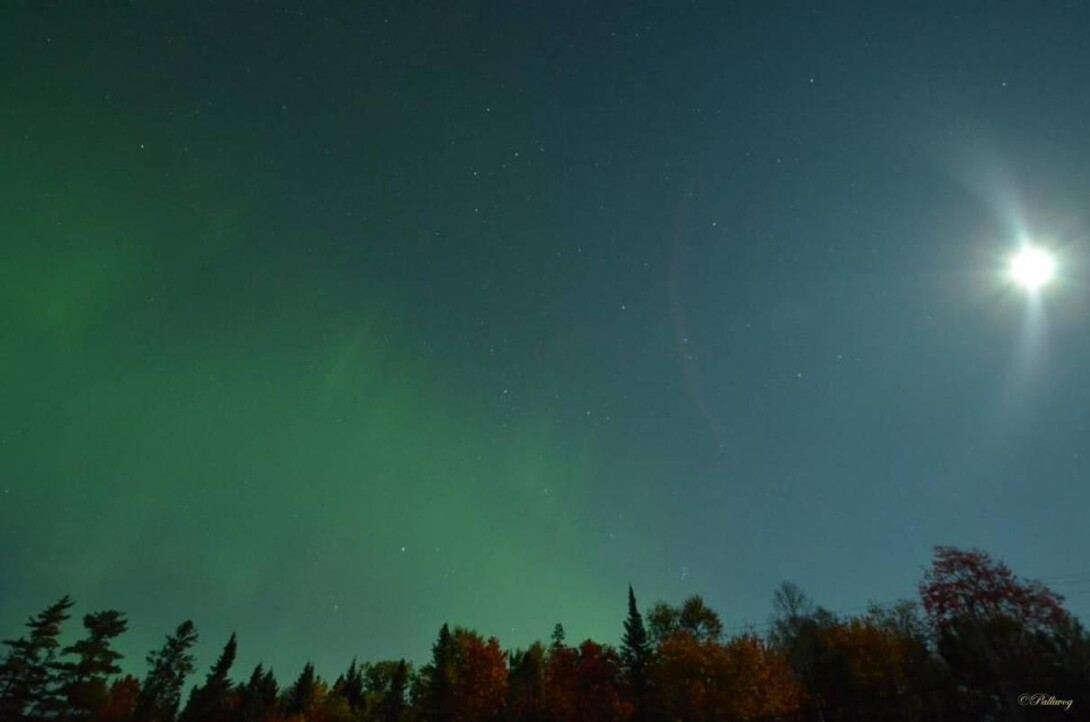
Photos have been submitted by local talents from Northeastern Ontario. The camera settings used by these photographers have been shared to assist you in your pursuit to capture the Aurora.
----------------------------------------------------------------------------
With widespread and smaller communities in Northeastern Ontario, we have darker night skies, which means a clearer view of the stars and the Northern Lights, or Aurora Borealis.
While you can never guarantee you will see them, you can increase your odds if you make the right considerations. Here are some tools to assist you in your hunt and some tips to help you capture the Aurora.
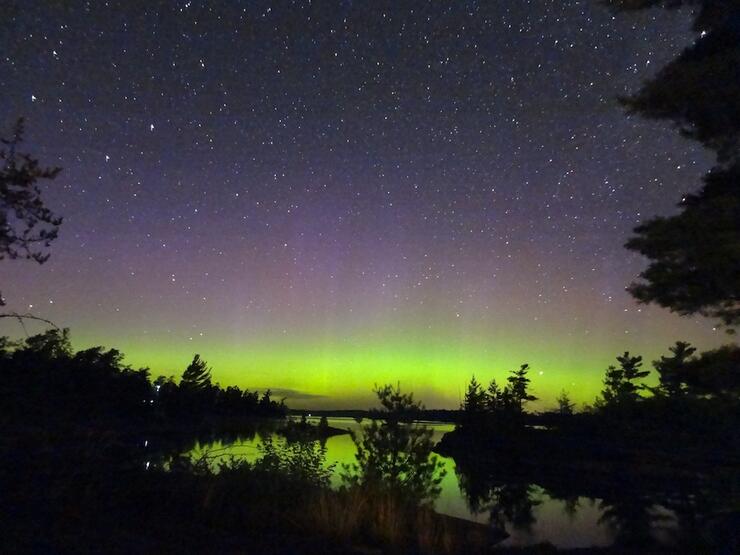
Taken: 2013/08/04 at 11:25 p.m. on the French River, near Dokis First Nation.
Camera: Sony Cyber-shot DSC-WX10/ 4.28mm
Settings: 30/1 - f/2.4 - ISO 3200
When can you view the Northern Lights?
Go in the fall or winter months when nights are clearer and provide longer periods of darkness. While September and October are described as peak months, the Aurora can be seen right through to April.
How can you capture the Northern Lights with your camera?
The key is to use long exposure. To the naked eye, the Northern Lights are transient; here one moment, gone the next. But these moments can be captured using a Digital SLR camera, and if you use long exposure, one photo can display up to 60 seconds of contrasting hues. For best results, use a tripod. This will alleviate blurriness from your photos by stabilizing your camera.
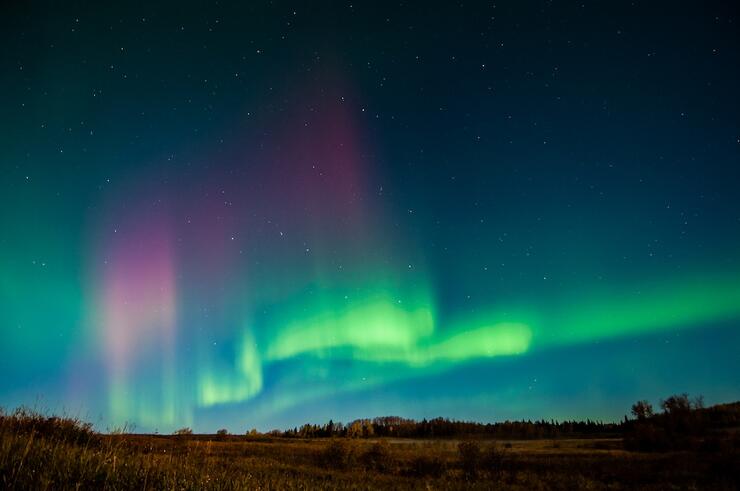
Camera: Nikon D90/ 12-24mm
Settings: 30 seconds - f/4 - ISO 400
How do you determine when it’s a good night to view them?
The sun is continually releasing charged particles in bursts (or solar flares), which result in the Auroras when it interacts with the earth's atmosphere. The flares grow stronger for 11 years until reaching their peak, making Aurora sightings tremendously more likely.
The biggest challenge when photographing the Northern Lights is identifying the opportunities, which takes monitoring of the solar activity against clear sky charts.
To help you determine whether it’s a good night to spot the Aurora, visit SpaceWeather.com, which provides a 24-hour forecast and the peak times they can be seen. On a clear night, the best times to observe the sky are between 11 p.m. and 3 a.m. local.
Also on the site, under Current Conditions, are the classifications of the X-ray solar flares (which cause the Aurora). The larger the flare, the better your chances are for seeing the Northern Lights (in the right conditions, of course):
B class flares are basically non-existent
C class flares are small
M class flares are medium sized,
X class flares are the largest and cause the greatest amount of activity on earth.
Click on above photos for the related articles series on Increasing your Odds to View the Northern Lights.
How far north should you go?
Once you have determined the conditions are right, you will need to be in the right place. Travel as far north as possible and seek a place with little to no light pollution. Manitoulin Island and Moose Factory were both named under the top places in Canada to view the Northern Lights by National Geographic, but they’re not your only options!
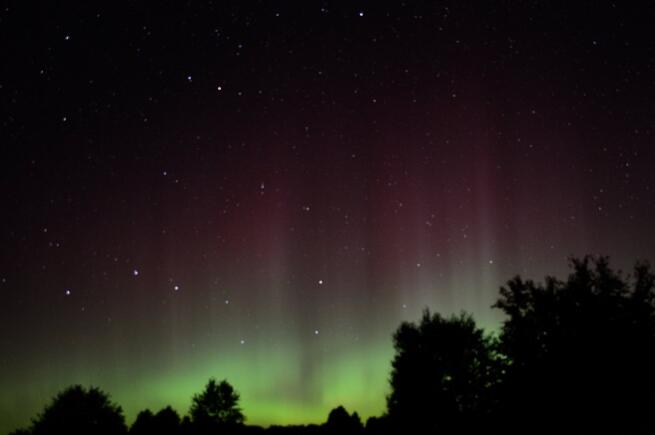
Manitoulin Island
Once you cross over the bridge into Little Current, you'll realize why the island is famous for dark skies and starry nights. There is little to no light pollution anywhere on the island. You will want to check out Gordon's Park Eco Resort, Northern Ontario's only Dark Sky Preserve, with programs dedicated to viewing the Northern Lights, such as the annual Aurora Borealis Weekend on the Thanksgiving weekend in October.
Moosonee/ Moose Factory
If you're serious, and you'd like to radically increase your odds of viewing the Northern Lights, travel north. I mean as far north as you can possibly go by way of taking the Polar Bear Express train from Cochrane to Moosonee, and into the arctic watershed to the mysterious James Bay coast.
In Moosonee, stay at the Moose River Guesthouse, or take the water taxi over to Moose Factory Island, and stay in the Cree Village Ecolodge. Learn about the ever-changing landscape and wildlife of the area by taking a guided tour with Moose River Tours.
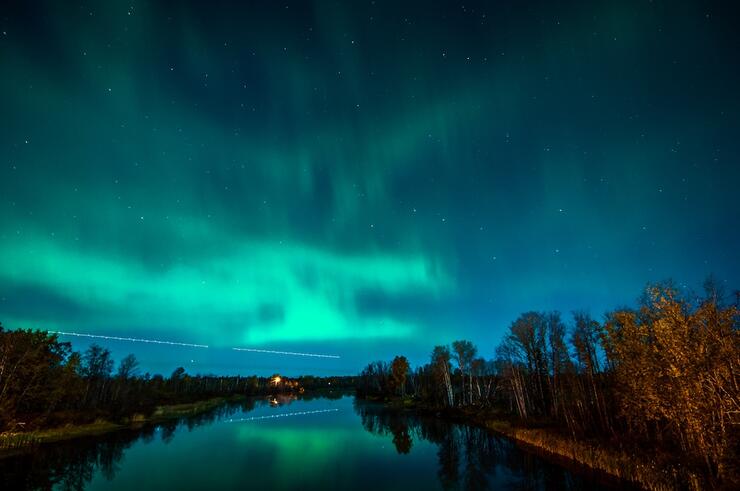
Camera: Nikon D90/ 12-24mm
Settings: 15 seconds - f/4 - ISO 400
Timmins
Relax at the Cedar Meadows Resort and Spa, and get an up-close and personal experience with moose, bison and elk, while riding through the 100 acre Wildlife Park in a tractor drawn wagon. And when night falls, grab your camera and tripod, head for a good vantage point, and wait.
You may want to visit the Science Timmins Astronomy Club on Facebook to check for organized stargazing excursions.
Killarney
Killarney is home to some of the most unique landscapes and darkest skies in Ontario. Stop in at the Friends of Killarney Park visitor centre, in Killarney Provincial Park, to learn more about the Park and its dark sky observatory, where you can participate in a guided excursion and stay the night in a yurt.
You might also consider staying at the Killarney Mountain Lodge, perfectly situated on the shores of Georgian Bay. You need only look out your front balcony to catch a glimpse of the night's sky.
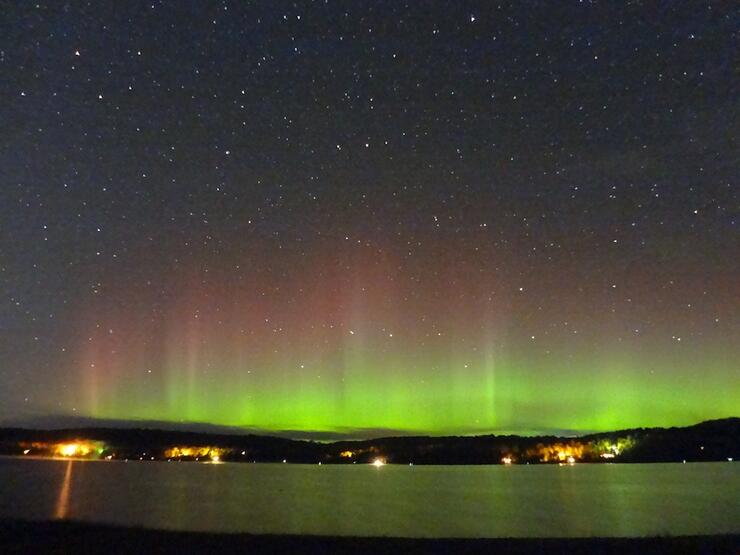
Taken: 2013/10/08 at 11:37 p.m. from Trout Lake (4 mile bay) on Peninsula Road, North Bay, ON.
Camera: Sony Cyber-shot DSC-WX10/ 4.28mm
Settings: 20/1 - f/2.4 - ISO 3200
North Bay/ Mattawa
Check-in to the Clarion Resort Pinewood Park, where you have the option of spending the night by the outdoor terrace and pool overlooking the onsite golf course, a perfect opportunity to test the waters in the heated pool, and adjust your camera settings.
Stay in a rented cabin with the Canadian Ecology Centre in Samuel De Champlain Park, and experience the show from the night-sky observatory there. Or you can spend the night at Nature's Harmony Ecolodge, situated in the arduous Laurentian Hills, and completely off-grid.
Sudbury
Head to Sudbury and spend the day visiting Science North and the space department there, where you can also talk to knowledgeable staff and resident astronomers about what causes the Northern Lights. When night falls, head to the outskirts of the city. You can find the dark night skies you crave at the Laurentian Conservation Area.
Recommended Articles

5 Amazing Bike Rides to Discover
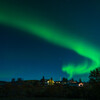
Northern Lights in Northeastern Ontario

Complete Guide to Moosonee & Moose Factory Island
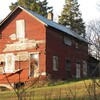
Spectres of the Past: A Ghost Town Field Trip
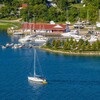
An Insider's Guide to Manitoulin Island
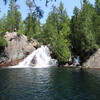
Ontario's Secret Lagoon
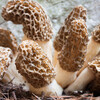
A Guide to Mushroom Hunting
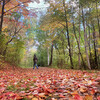
Chasing Fall Colours Through The Seven: North Of Muskoka
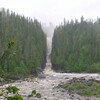
The Vanishing Waterfall
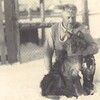
Legendary Joe LaFlamme
Largemouth & Smallmouth: Summer Bass Fishing Technique
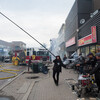
Hollywood Northeast
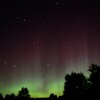
The Northern Lights Trip Planner
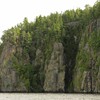
Devil's Rock in Temiskaming Shores
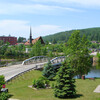
Stompin' Tom sang about it. The fur traders paddled through it. And the town's mayor made it famous.
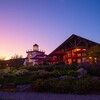
6 Best Places to Get Married in Ontario
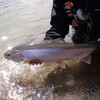
How to Properly Hold and Handle Fish

The Ultimate Guide to the Lumberjack Heritage Festival
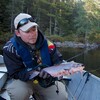
Colder Than Expected
